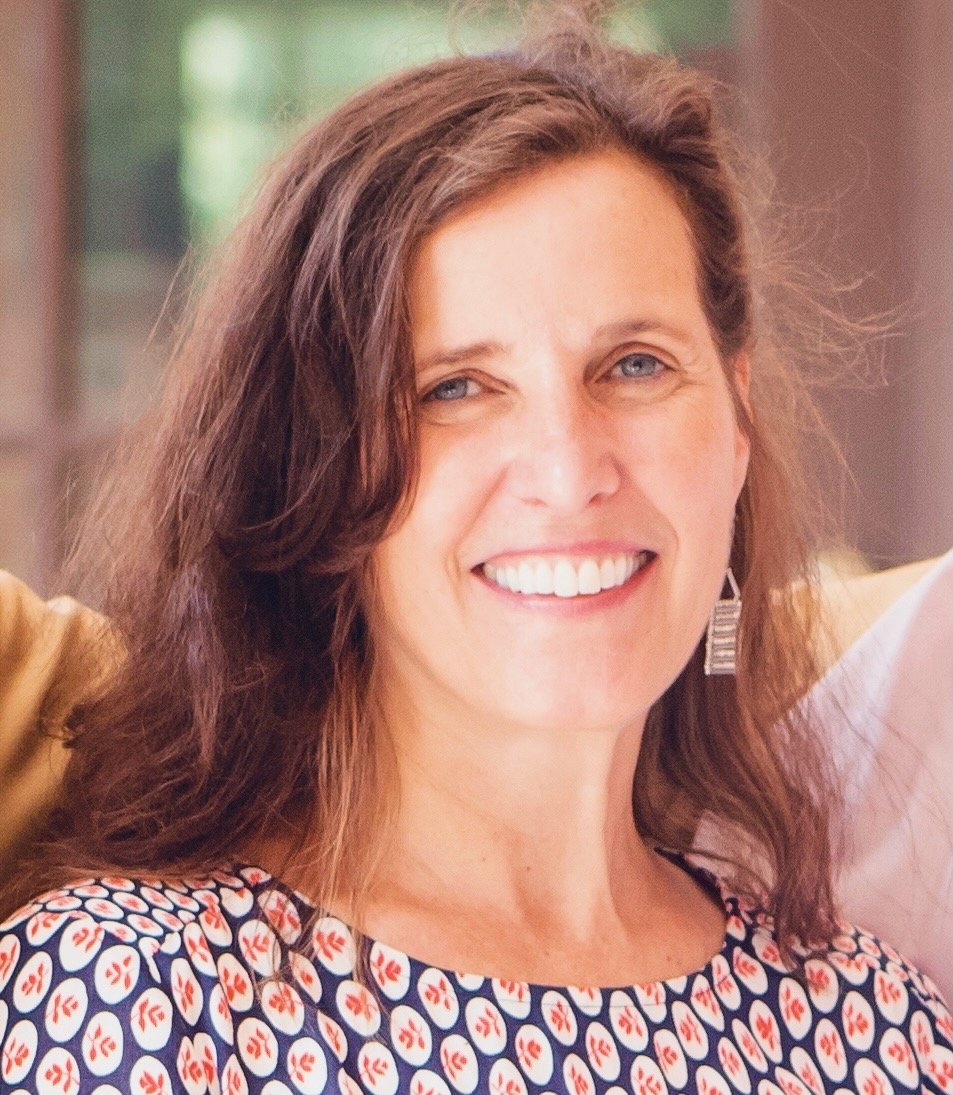What is the link between child sexual abuse and obesity?
Dr. Vincent Felitti first discovered the link between untreated child sexual abuse and obesity during an obesity study in the 1980s. During Dr. Felitti’s interview of patients in the study he discovered that a majority of the 286 people he interviewed had experienced childhood sexual abuse. The stories people shared with Dr. Felitti suggested that weight gain might be a coping mechanism for depression, anxiety, and fear. Dr. Felitti, and another researcher from the Centers for Disease Control and Prevention (CDC), Robert Anda, surveyed over 17,000 patients who were members of an insurance group. Participants were asked about different types of childhood trauma.
The study would be named the Adverse Childhood Experiences (ACEs). Felitti and his fellow researchers found that early trauma in children is common. For example, 28% of study participants reported physical abuse and 21% reported sexual abuse.
How this relates to obesity is that the number of adverse childhood experiences you had can increase your risk for severe obesity. Our ACE number is determined by the number of significant traumas we experienced as a child. Each trauma experience is given a point. So if you have four of the ten adverse experiences then your score would be four. The higher the number the more likely you are as an adult to adopt high-risk health behaviors such as smoking, alcohol and drug abuse, promiscuity, and severe obesity, and correlated with ill-health including depression, heart disease, cancer, chronic lung disease and shortened lifespan.
The association between childhood obesity and sexual abuse is strongest in children and adults with severe obesity. It is generally thought that severe obesity was rare; and many studies were showing that that obesity in children and adolescents has remained stable or decreased in recent years. However a 2017 report showed a significant increase in severe obesity among children aged 2 to 5 years.
The trend is growing so fast that researchers have now assigned children with too much weight into three categories. Category 1 is when your BMI is between 30.0-34.9. Category 2 is when your BMI is between 35.0-39.9 and Category 3 is when your BMI is over 40.0 (4). In the US the number of children in each category is as follows Category 1 affects 17.8% of children, Category 2 affects 5.2% of children and Category 3 affects 1.8 % of children.
The statistics for child sexual abuse are just as alarming. The CDC reports that approximately one in six boys and one in four girls are sexually abused before the age of 18. In 2005, the U.S. Department of Health and Human Services reported that 83,600 children were sexually abused. Sadly, children with extreme obesity, who have histories of sexual abuse, may be more common than we think.
The effects of child sexual abuse (poor self esteem, poor body image, impulsive behavior and drug abuse) are common predictors of the binge eating and obesity. That is, compulsive eating may be one way to manage the depression related to child sexual abuse. Other factors in the connection between child sexual abuse and obesity, along with eating disorders, might include a desire to “de-sexualize” to protect against further abuse, as well as a range of psychiatric conditions (depression, anxiety, sleep disturbances, physical complaints, phobic reactions, low self esteem, suicidal feelings and substance abuse).
Given the number of links between child sexual abuse and obesity, a thorough psychological assessment is necessary, including questions that assess for eating disorder, post-traumatic stress disorder, depression, substance abuse and a history of childhood abuse. When you are looking for a good therapist be sure to ask them about their experience in treating patients with high ACE scores.
Yes, a history of child sexual abuse further complicates the already complex issue of childhood obesity. However, it is important to remember that both are treatable under the care of informed and trained professionals.

